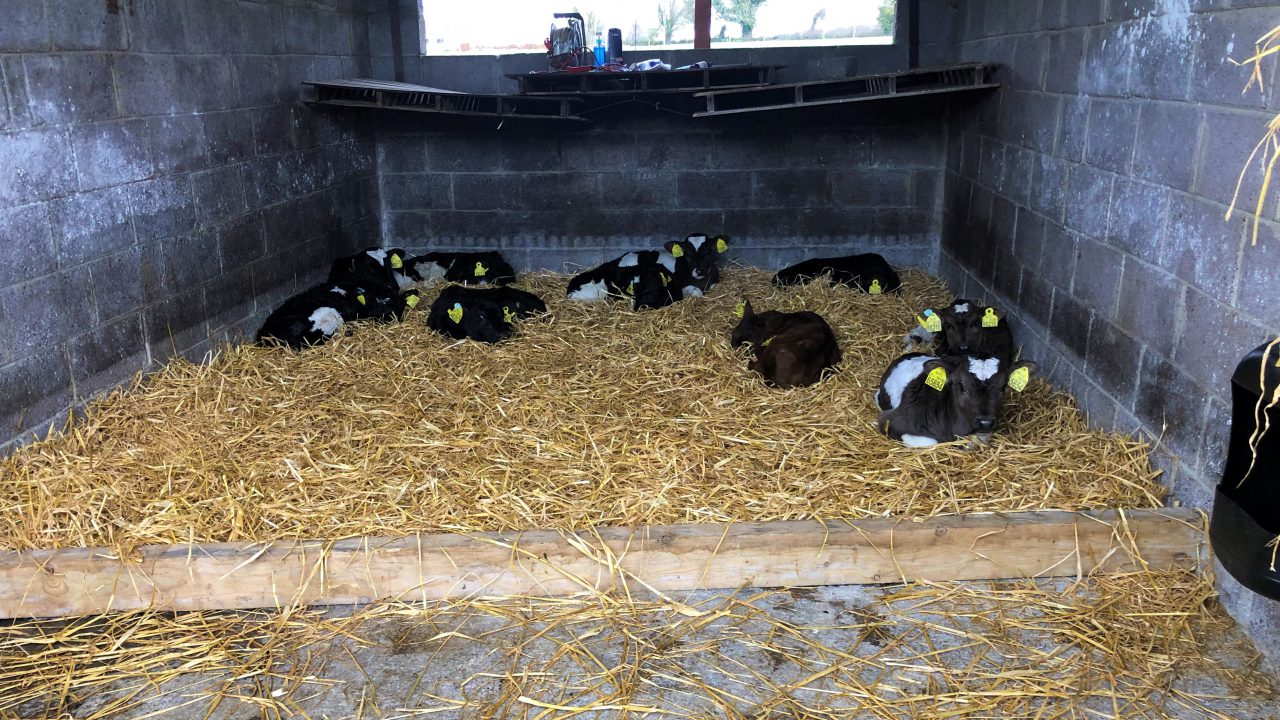Scour is the most common cause of death in calves less than one-month old and accounts for nearly 30% of all calf deaths.
From January 2022, antibiotic regulatory changes will come into effect on Irish farms, with the main aim of reducing antibiotic usage on farms.
The majority of antibiotics used on dairy farms are used during the springtime to treat sick animals.
Calves
Some 1,412,087 calves were born on Irish dairy farms up until June 18, 2021, with 460,755 of these calves born before the end of February.
The spring is a busy time of year on most dairy farms and although herd sizes have increased post-quota, in many cases, calf sheds have not.
This has led many farmers into using other sheds for housing calves during the peak season.
With so many calves on farms at this time of year, infections and disease can easily be spread from pen to pen and before long, the entire shed is sick.
Dairy farmers do their best to keep calves healthy, but the weather will always have an impact on sickness rates in calves.
Some years you may have no problems with sick calves, other years you will. You should always put measures in place to prevent sickness entering the calf shed.
These calves are the next generation of your dairy herd so ensuring they have a healthy start to life and remain that way, is important.
Scour
A key measure that you could be looking at now is vaccinating your cows for scour ahead of calving.
On farms where scour has been an issue in the past, farmers should consider vaccinating pregnant cows and heifers ahead of calving to tackle the problem.
A one-shot vaccine can be administered between three and 12-weeks before calving.
Vaccinating cows/heifers will allow them to produce antibodies against the main scour-causing bacteria and viruses.
However, these antibodies are not passed onto the calf before birth. Therefore, it is essential that a calf receives adequate colostrum from it’s dam shortly after birth.
